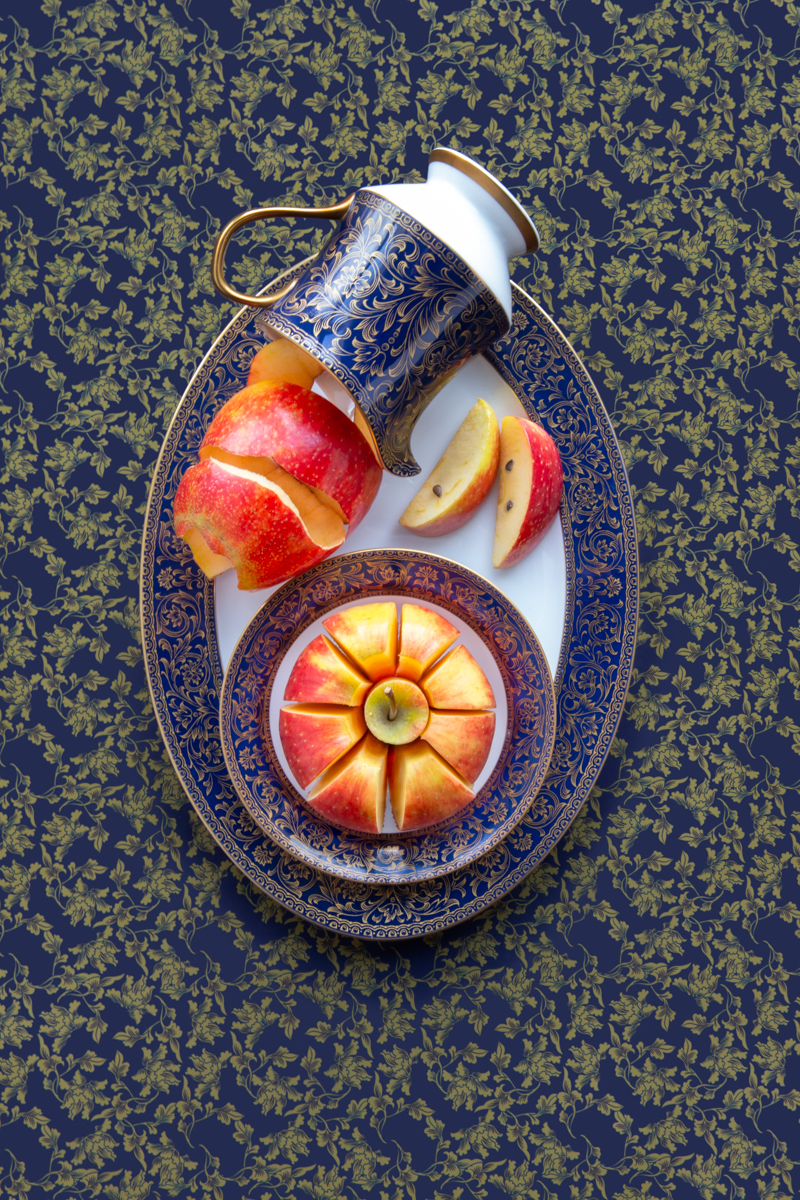JP Terlizzi
The Good Dishes | The Good Dishes integrates memory, legacy and metaphor with my response to loss. As I witnessed family members pass, my cousins and I were each tasked with the emotional challenge of cleaning out the family home. Sorting through the heirlooms, we would determine which item should be tossed, sold, or preserved. Without fail, when it came to the family’s fine china, that item was always given to the person that most cherished its memory and sentimental value.
Growing up in a large Italian family, everything was centered around food and the family table. I remember vividly my mother’s vintage marigold stoneware dishes that she bought at the grocery store back in the early 1970s. She used them every day for as long as I could remember, and they had a life of their own. Along with my mother’s everyday dishes she had one set that she kept on display behind glass that only she handled, only she washed, and only she hand-dried; these were deemed “the good dishes.” Eating is a physical need, but meals are a social ritual. Whenever I heard, “I need to use the good dishes,” that meant one of two things in our household: the priest was coming over for dinner or it was a very special occasion. Either way, the food presentation, table dress and table manners all changed whenever the good dishes came out.
Utilizing the passed down heirlooms of friends and family, The Good Dishes celebrates the memory of family and togetherness. It borrows the stylized rituals of formal tableware and draws inspiration from classic still life paintings. Presentation, etiquette and formality are disassociated by using food and fine china in unconventional ways as a metaphor for the beauty and intimacy that is centered around meal and table. www.jpterlizziphotography.com



















